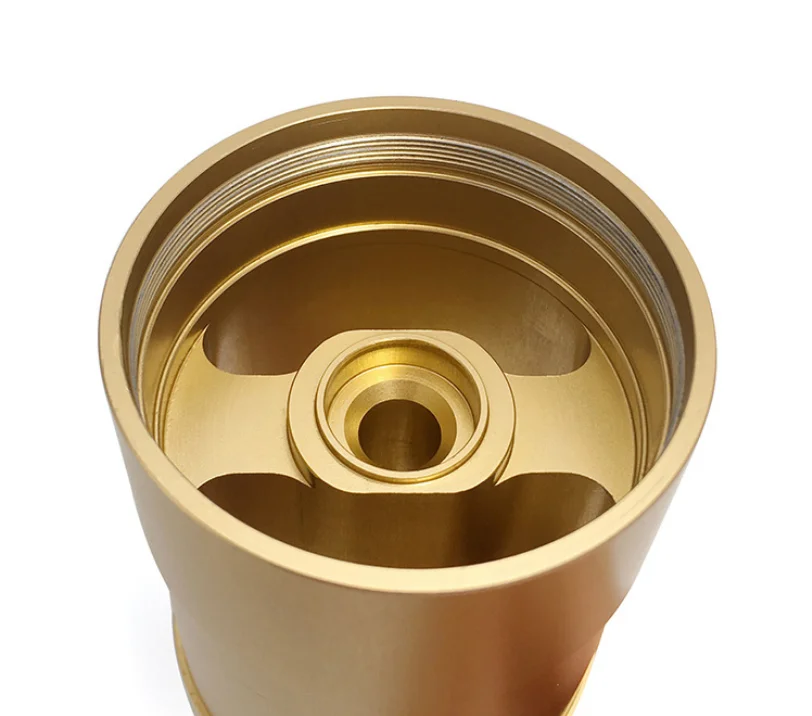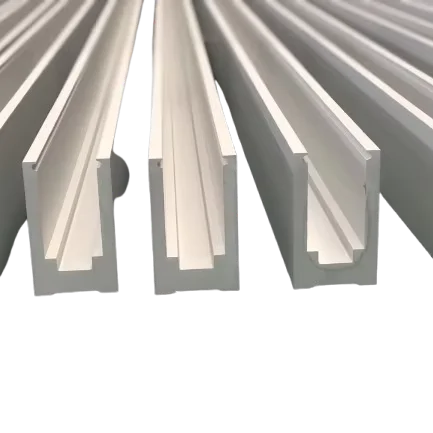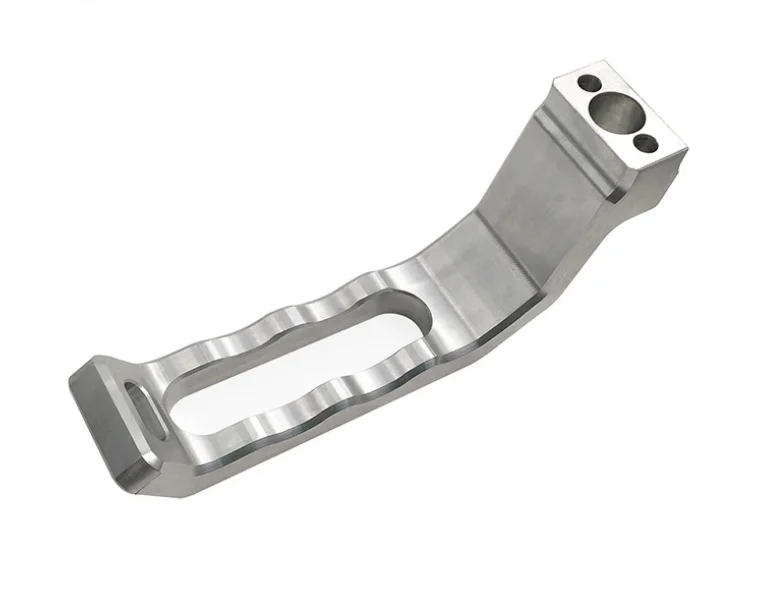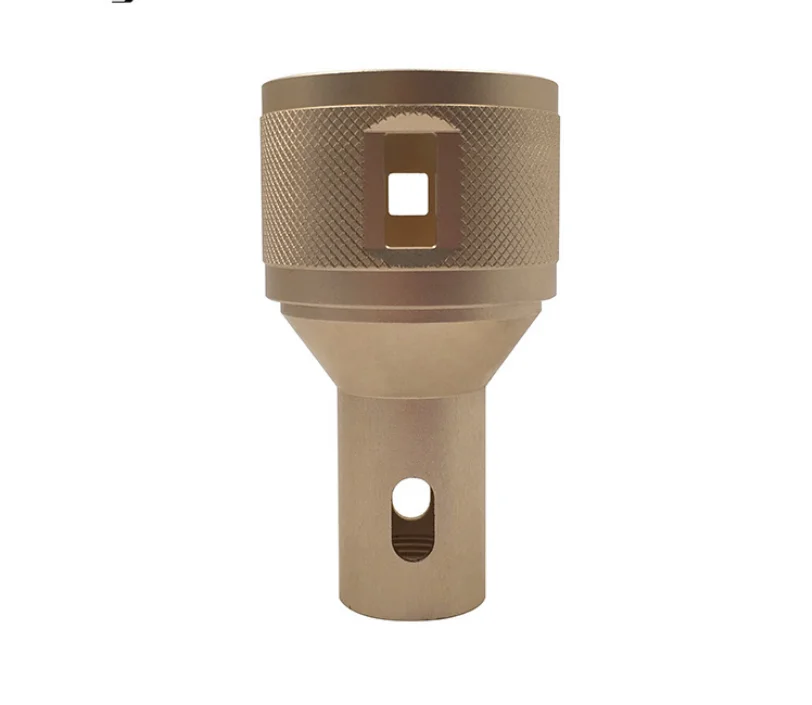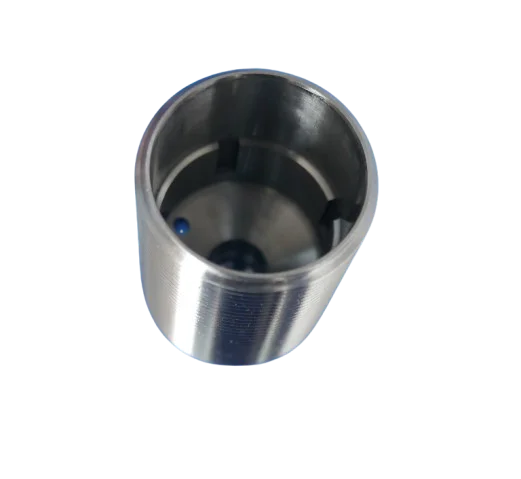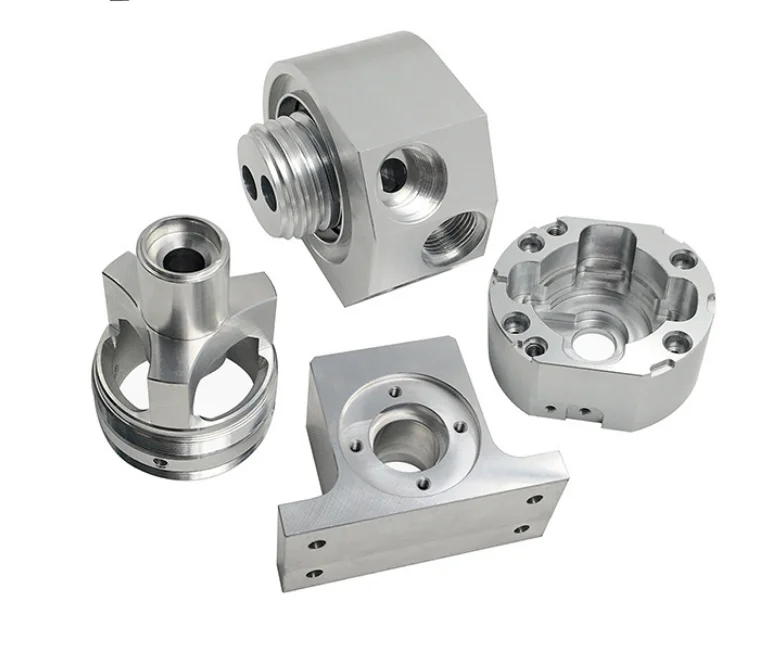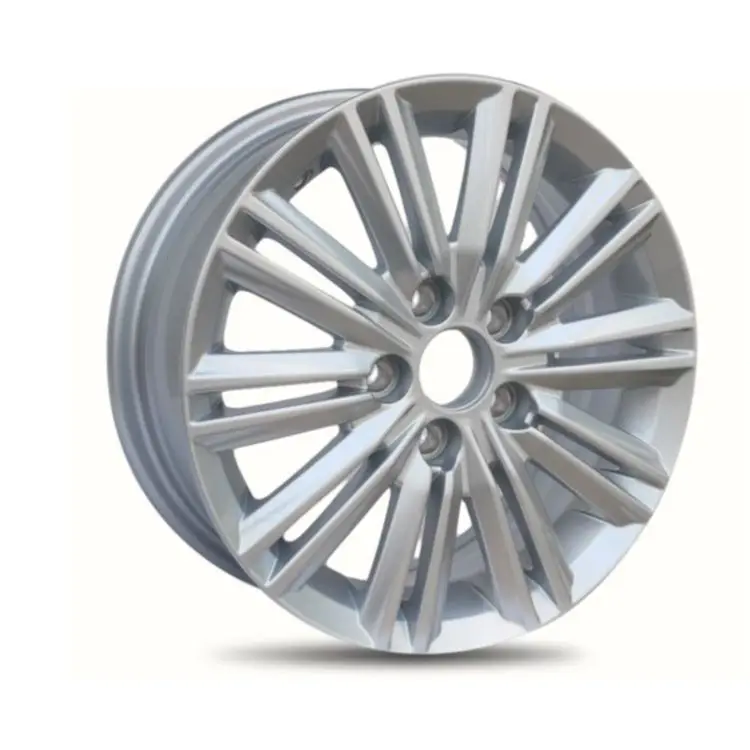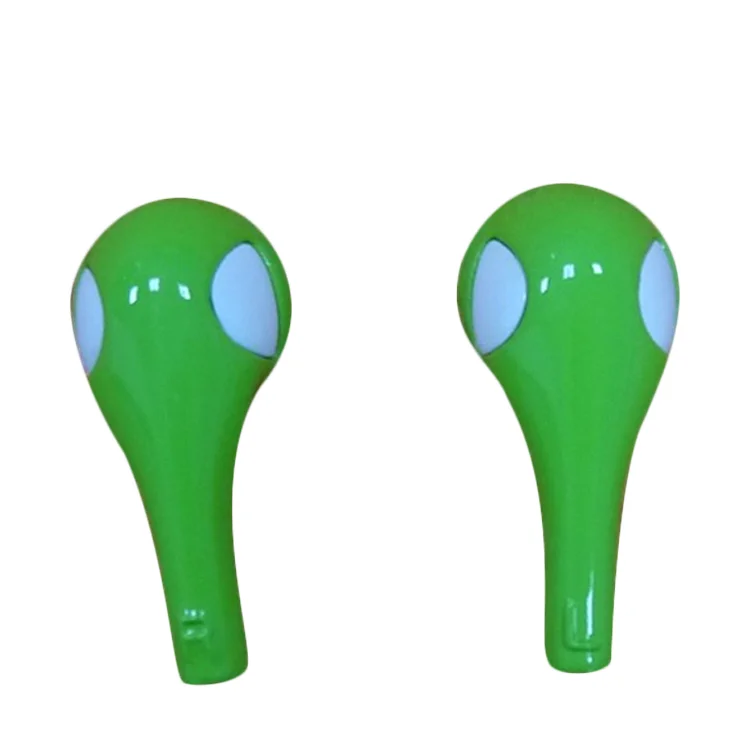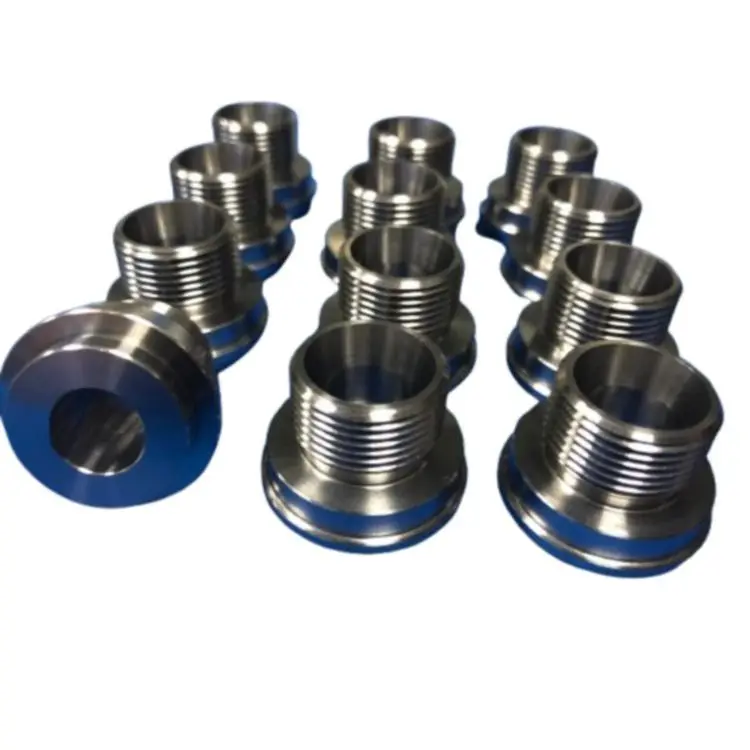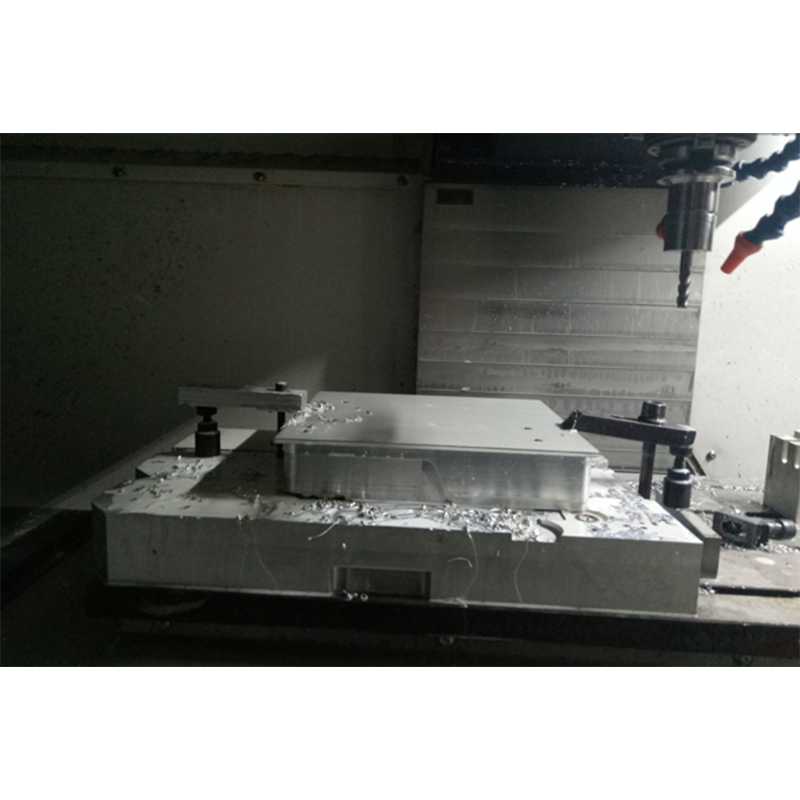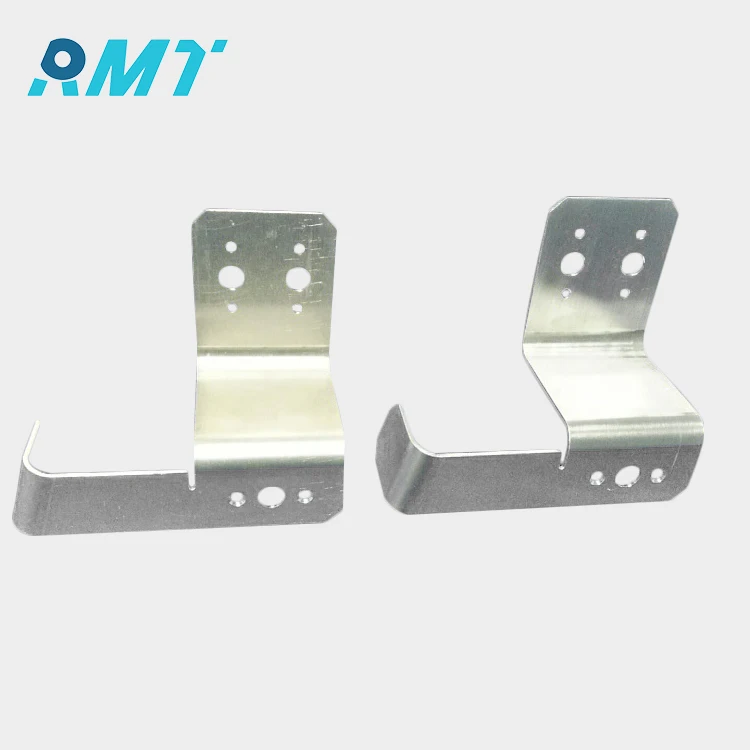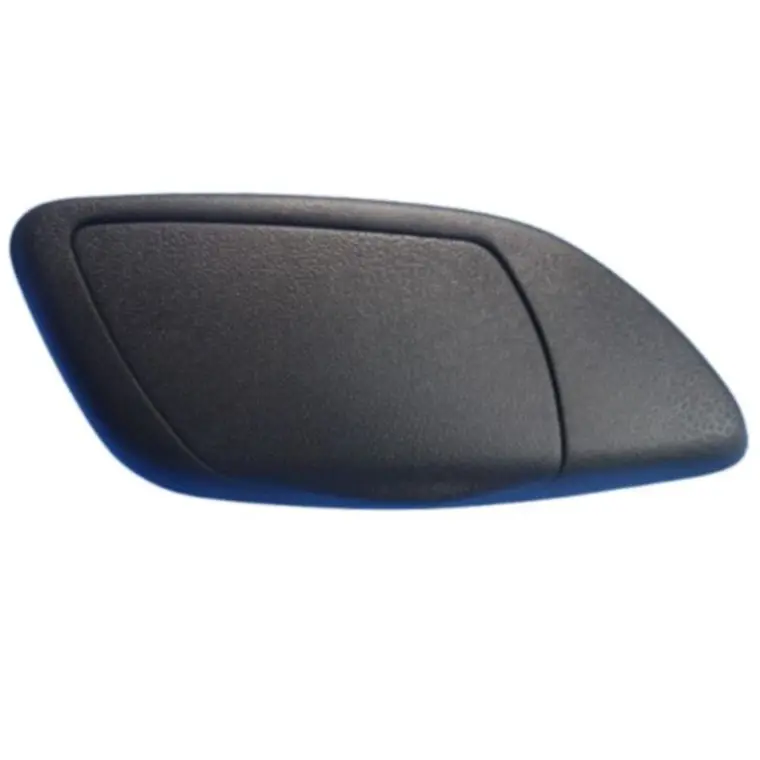Rapid Prototyping vs. Traditional Prototyping: A Comparative Analysis
Key Differences Between Rapid and Traditional Prototyping
Speed and Time Efficiency in Modern Manufacturing
Rapid prototyping offers exceptional speed and time efficiency compared to traditional manufacturing methods. This innovative approach allows for quicker iterations, often completing prototypes in just a few days rather than the weeks or months typically required by traditional prototyping. With rapid prototyping, companies are experiencing a reduction in development cycles by approximately 30-50%, significantly pushing the boundaries of time-to-market. In contrast, traditional prototyping involves extended manufacturing processes, slowing down the process of bringing a product from concept to reality. Embracing rapid prototyping not only shortens lead times but also affords a competitive edge in fast-paced industries where speed is paramount.
Cost Implications: Short-Run vs. Mass Production
Cost implications between rapid and traditional prototyping fluctuate based on production volume. Rapid prototyping is notably more cost-effective for short-run production, especially when the requirement is for multiple iterations and constant modifications. In industries such as automotive parts manufacturing, rapid prototyping can drastically cut costs if fewer than 100 units are required. However, when it comes to mass production, traditional manufacturing methods become economical due to lower per-unit costs after initial tooling investments. The high upfront costs of creating molds and tooling in traditional prototyping can be justified in high-volume production scenarios, making it the preferred option for large-scale manufacturing runs.
Design Flexibility and Geometric Complexity
Rapid prototyping stands out for its remarkable design flexibility and capacity to handle complex geometries with ease. Techniques such as 3D printing allow the crafting of intricate designs without incurring the substantial costs typically associated with traditional methods. Rapid prototyping methodologies accommodate fluid adjustments to design due to their flexible nature, a stark contrast to the rigid design constraints often encountered with traditional prototyping. This flexibility proves particularly advantageous when innovation and design creativity are critical, enabling designers to explore more avant-garde concepts without being limited by traditional manufacturing constraints.
Material Versatility in Sheet Metal Fabrication
Rapid prototyping accommodates an impressive variety of materials, widening the horizon for tailored applications across different industries. Unlike traditional methods that are often hindered by tooling requirements and limited material usage, rapid prototyping facilitates the use of diverse materials such as plastics, metals, and composites. According to industry estimates, rapid prototyping can efficiently handle up to 50 different types of materials, offering a level of material versatility that traditional sheet metal fabrication methods cannot match. This flexibility in material choice is crucial for innovators seeking to push the boundaries of what is possible with new product designs and applications.
Advantages and Limitations of Each Method
Rapid Prototyping Benefits for Automotive Parts Manufacturing
Rapid prototyping offers considerable benefits in automotive parts manufacturing, where speed and flexibility are paramount. It enables quick testing and refining of new designs before committing to mass production, significantly reducing time-to-market. This method supports a just-in-time production model, minimizing waste and allowing manufacturers to adapt swiftly to consumer demands. Notably, the automotive industry has reported a decrease in design flaws by up to 40%, demonstrating the effectiveness of rapid prototyping in improving production quality and efficiency.
Traditional Prototyping Strengths in Structural Integrity
Traditional prototyping remains vital in industries like aerospace and construction, where structural integrity is non-negotiable. This approach often produces models that precisely mirror the final product's durability and strength. Traditional prototypes excel under stress testing, highlighting their reliability compared to some rapid prototypes. A study showed that these prototypes consistently demonstrate superior performance, ensuring robustness essential in high-stakes environments.
Material Constraints in Prototyping Rapid Iterations
While rapid prototyping excels in flexibility, it does encounter material constraints that may affect the mechanical properties of prototypes. Certain materials used in rapid prototyping might not withstand stresses as effectively as metals in traditional prototypes, which can limit their application in demanding settings. Technical reviews emphasize the importance of understanding these material properties, necessitating a careful balance between design creativity and functional utility to meet real-world expectations.
Tooling Requirements and Labor Costs Comparison
Traditional prototyping often necessitates a substantial upfront investment in tooling, posing financial challenges, especially for small businesses. Additionally, labor costs are typically higher due to the skilled craftsmanship and extended setup times required. Rapid prototyping, conversely, lowers labor costs through automation, enhancing production speed and efficiency. Machines can undertake multiple tasks simultaneously, streamlining operations and reducing the need for extensive manual labor, making it an attractive option for rapid iterations and adjustments.
Choosing the Right Prototyping Method
Project Scale and Time-to-Market Considerations
Selecting an appropriate prototyping method requires careful consideration of the project's size and urgency. For larger projects, traditional prototyping may be advantageous due to its durability and meticulous process, ensuring components are robust enough to withstand heavy use. However, when time-to-market is pivotal, rapid prototyping emerges as the preferred choice, especially for startups and industries needing to quickly respond to consumer demands. Research confirms that projects constrained by tight schedules often achieve greater success by leveraging rapid prototyping techniques, facilitating swift design adjustments and accelerating product launches.
Industry-Specific Applications: Aerospace vs. Consumer Goods
Prototyping methods vary significantly across industries, reflecting the distinct priorities and standards of each sector. In aerospace, traditional prototyping is frequently favored due to its ability to meet rigorous safety and structural integrity requirements. This industry necessitates prototypes that can withstand stringent testing protocols. Conversely, the consumer goods industry benefits from rapid prototyping, allowing companies to remain responsive to market trends and consumer feedback. Industry analysis shows that such methodological differences greatly impact product development strategies, with each sector selecting prototyping methods that align with their unique requirements for safety, speed, and agility.
Cost-Benefit Analysis for Custom Machining Needs
Understanding the cost implications of different prototyping methods is crucial for efficient resource allocation. Conducting a cost-benefit analysis helps determine the most economically viable option based on the project's volume and complexity. Generally, rapid prototyping is more cost-effective for low-volume production, offering significant fiscal advantages for companies focusing on small-scale custom jobs. Traditional methods, however, become more practical for large-scale manufacturing. Financial insights indicate that a thorough analysis can lead to up to a 30% reduction in overall prototyping costs, highlighting the importance of strategic planning in custom machining scenarios.
Advanced CNC Solutions for Prototyping Needs
High-Quality CNC Machining for Brass Mechanical Components
CNC machining is pivotal for creating high-precision brass mechanical components, especially when tight tolerances are essential. This advanced production method offers substantial benefits such as reduced lead times and lower production costs, positioning itself as a favored option for mechanical prototypes. Industry reports reveal a growing trend towards CNC methods because they enhance product durability through meticulous design processes.
Five-Axis Custom Machining for Complex Automotive Parts
Five-axis custom machining offers unparalleled flexibility for creating intricate geometries and complex shapes required in modern automotive parts. This technology minimizes the number of necessary setups, thereby increasing time efficiency and providing improved accuracy in prototypes. Statistical data from automotive manufacturing demonstrates a reliance on five-axis techniques for high-end vehicle component prototyping, proving its essential role.
Precision Aluminum Alloy Extrusion Accessories
Aluminum alloy extrusion is a robust and lightweight solution ideal for prototypes across various fields such as aerospace and automotive. This technique guarantees precision, enabling consistent performance and making it suitable for parts needing structural integrity and reduced weight. Data suggests the aerospace sector frequently utilizes aluminum extrusions due to their cost-effectiveness and performance benefits.
Mini CNC Parts for Medical Device Prototyping
Mini CNC machines are becoming essential in the medical device industry for producing small and highly detailed components. Their capability to craft complex geometries ensures that products satisfy stringent medical industry regulations. Regulating bodies emphasize the necessity of precise manufacturing processes for medical prototypes, advocating the increasing use of mini CNC technologies.
High-Tolerance Aluminum Alloy Turning Services
Turning services deliver high tolerances crucial for precision components in sectors like aerospace and automotive. This capability to maintain exact diameters and surface finishes efficiently meets critical project specifications. Industry surveys highlight that high-tolerance turning has gained preference for producing components that demand exactness in dimensions and quality.
Future Trends in Prototyping Technologies
Integration with Smart Manufacturing (Industry 4.0)
The integration of rapid prototyping with smart manufacturing under Industry 4.0 represents a shift towards more automated and interconnected processes. This combination enhances efficiency by linking real-time data collection with prototype testing, streamlining iterations and adjustments. With smart technologies in production environments, businesses can achieve a more responsive and adaptive prototyping process. Expert analyses predict that companies leveraging smart manufacturing solutions could enhance productivity by over 20%, marking a substantial improvement in prototyping efficiencies and outcomes.
Sustainable Materials in Rapid Prototyping Services
The push for sustainability in prototyping is leading to increased use of eco-friendly materials. This shift involves adopting recycled and bio-based substances, which help minimize environmental impact without compromising performance. By incorporating such materials into prototyping, companies can align with global green initiatives. Recent research indicates a market trend toward sustainable materials, with forecasts predicting a 30% rise in their adoption over the next five years. This not only aids in environmental conservation but also meets consumer demand for eco-conscious practices in manufacturing.
Hybrid Approaches Combining Both Methods
Combining the benefits of both rapid and traditional prototyping methods is emerging as a crucial strategy for enhancing efficiency and maintaining quality. Hybrid prototyping allows for quick development iterations with the structural assurance typical of traditional techniques. This creates a balance that provides flexibility in product development processes. Industry experts advocate that such integrative approaches can lead to significant time savings and reduced manufacturing costs, benefiting companies by optimizing the prototyping phase while ensuring durability and functionality.
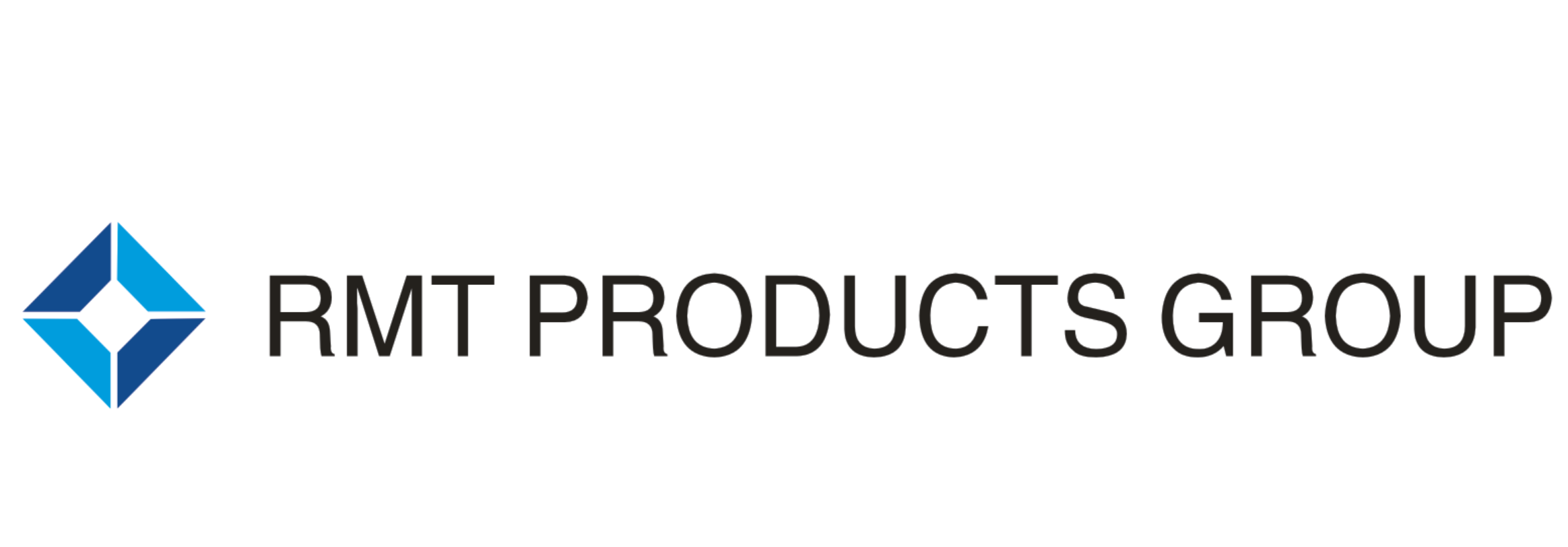
 EN
EN
 AR
AR
 BG
BG
 HR
HR
 CS
CS
 DA
DA
 NL
NL
 FI
FI
 FR
FR
 DE
DE
 EL
EL
 IT
IT
 JA
JA
 KO
KO
 NO
NO
 PL
PL
 PT
PT
 RO
RO
 RU
RU
 ES
ES
 SV
SV
 IW
IW
 LV
LV
 SR
SR
 SK
SK
 UK
UK
 GL
GL
 HU
HU
 TH
TH
 TR
TR
 FA
FA
 GA
GA
 CY
CY
 EU
EU
 BN
BN
 BS
BS
 LA
LA
 NE
NE
 SO
SO
 KK
KK
